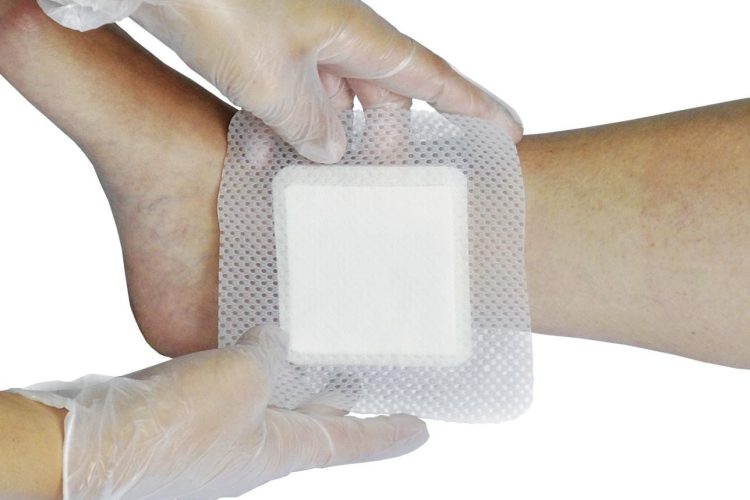The last thing you need as you heal from surgery is an issue with your incision. An incision is a surgical cut or wound. Your doctor closes it with a stitch. It can also be sealed with glue, tape, or staples. It becomes a scar with the right care. After surgery, it’s crucial for your health that your surgery wound care at home is going correctly. Careful treatment can lower your risk of infection and hasten your return to normality. The sizes and locations of incisions vary. A cut made through the skin during surgery is known as an incision. Another name for it is a surgical wound. Incisions can range in size from short to long. The type of surgery you underwent will determine the size of the incision.
What is the surgical wound?
A surgical wound is a cut or incision in the skin that occurs during surgery and is often created with a scalpel. A surgical drain inserted during the procedure may also result in a surgical wound. The size of surgical wounds varies widely. Normally, they are stitched shut, but occasionally they are left open to heal.
Types of surgical wounds

Four categories can be used to group surgical wounds. These classifications are based on the degree of contamination or cleanliness of the wound, the possibility of infection, and the location of the wound on the body.
- These wounds are regarded as clean wounds. They don’t exhibit any inflammation or infection symptoms. They frequently affect the vascular system, skin, or eye.
- Second-category wounds are regarded as clean-contaminated wounds. Even though the wound might not be showing any symptoms of infection, its location makes it more likely to do so. For instance, there may be a substantial risk of infection with surgical wounds in the gastrointestinal tract.
- A surgical wound that has had touch with an outside object has a significant risk of infection and is referred to as a contaminated wound. For instance, a gunshot wound could contaminate the skin in the vicinity of the surgical repair.
- This kind of wound is seen as being tainted by dirt. These include injuries that have come into contact with feces.
How often you should change your bandages?
A bandage is also known as a dressing. Your incision is covered by this bandage, which keeps the wound tidy and fosters a healing environment. As directed by your healthcare provider, dressings should be replaced.
In some circumstances, you should take off your bandage the day following surgery. This is dependent on the operation’s site, degree of seriousness, and incision. After a few days, most wounds no longer need to be bandaged. To protect the incision, you could choose to wear a bandage, though. Before changing your clothing, it’s crucial to wash your hands. An alcohol-based cleaner is an option.

